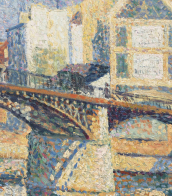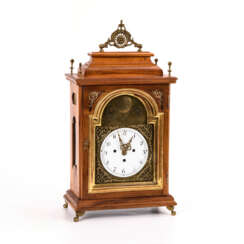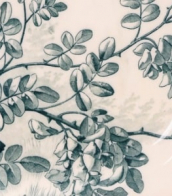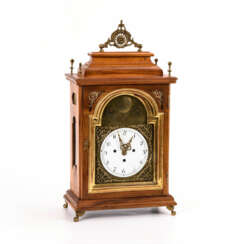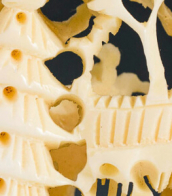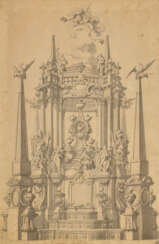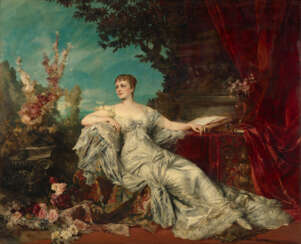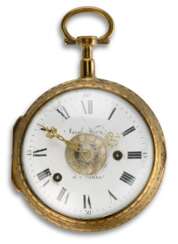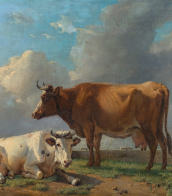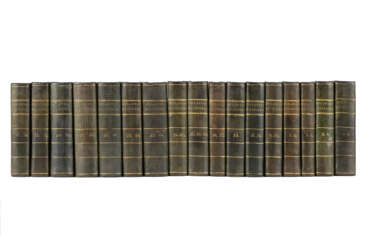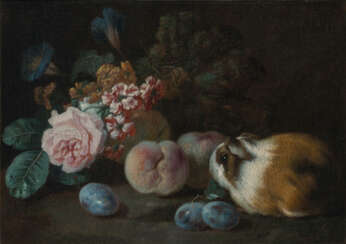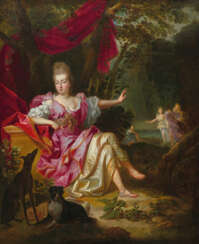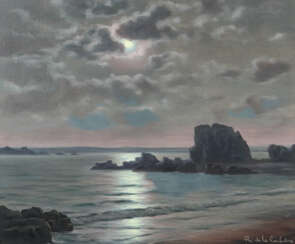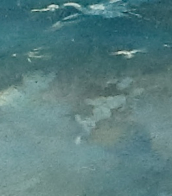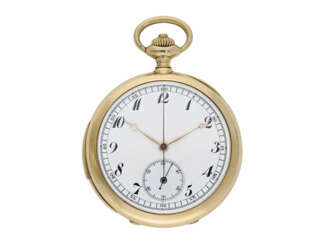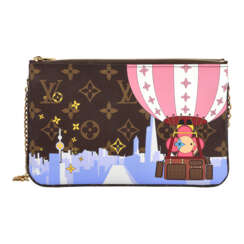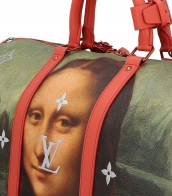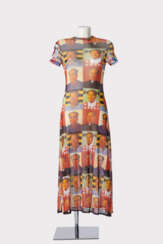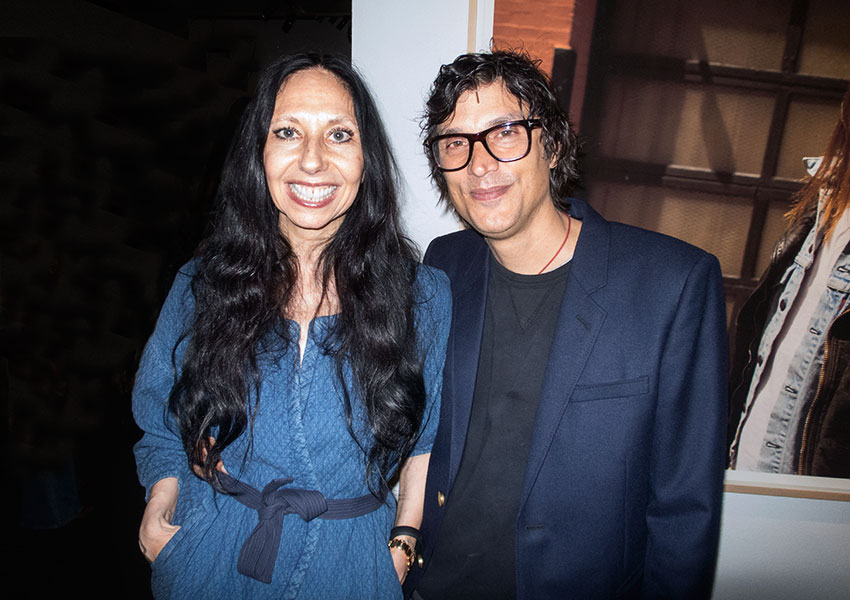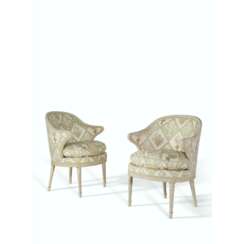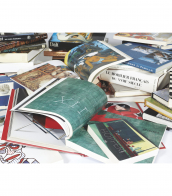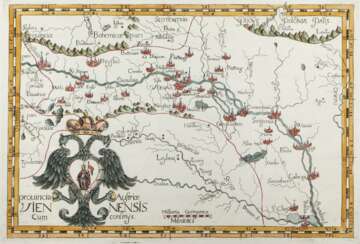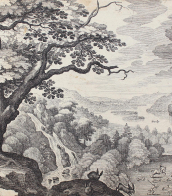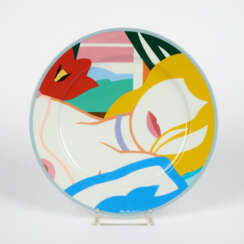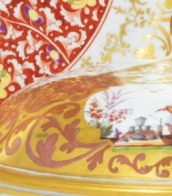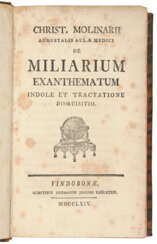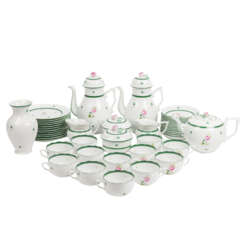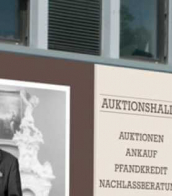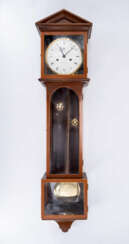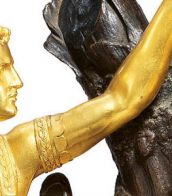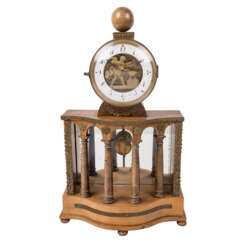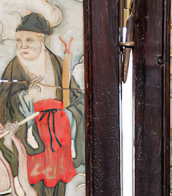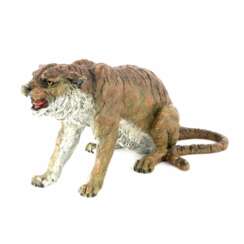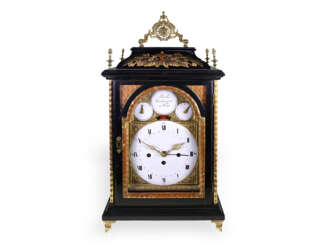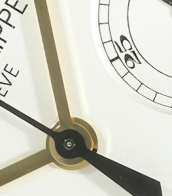vienne

Vivienne Isabel Westwood, née Swire, is a British fashion designer, considered the founder of the punk style in high fashion.
A self-taught designer, in 1965 Vivienne met McLaren, the future manager of the punk band Sex Pistols. Together they began a career in fashion, opening Let It Rock, a kiosk that sold second-hand vintage 1950s clothing along with McLaren's collection of rock 'n' roll records. Westwood began creating clothing designs based on his provocative ideas. From the London store the couple owned in the early 1970s came their T-shirts, ripped and decorated with epathetic slogans and graphics, and black pants with S&M-style belts. Their boutique became the center of youthful global fashion.
In 1981, Vivienne Westwood created her own clothing brand, Vivienne Westwood, and developed a passion for historical costume. From the mid-1980s, Vivienne Westwood created collections drawing inspiration from classical sources and paintings, as well as historic British clothing.
Westwood was made an Officer of the Order of the British Empire (OBE) in 1992 and a Dame Commander of the Order of the British Empire (DBE) in 2006.

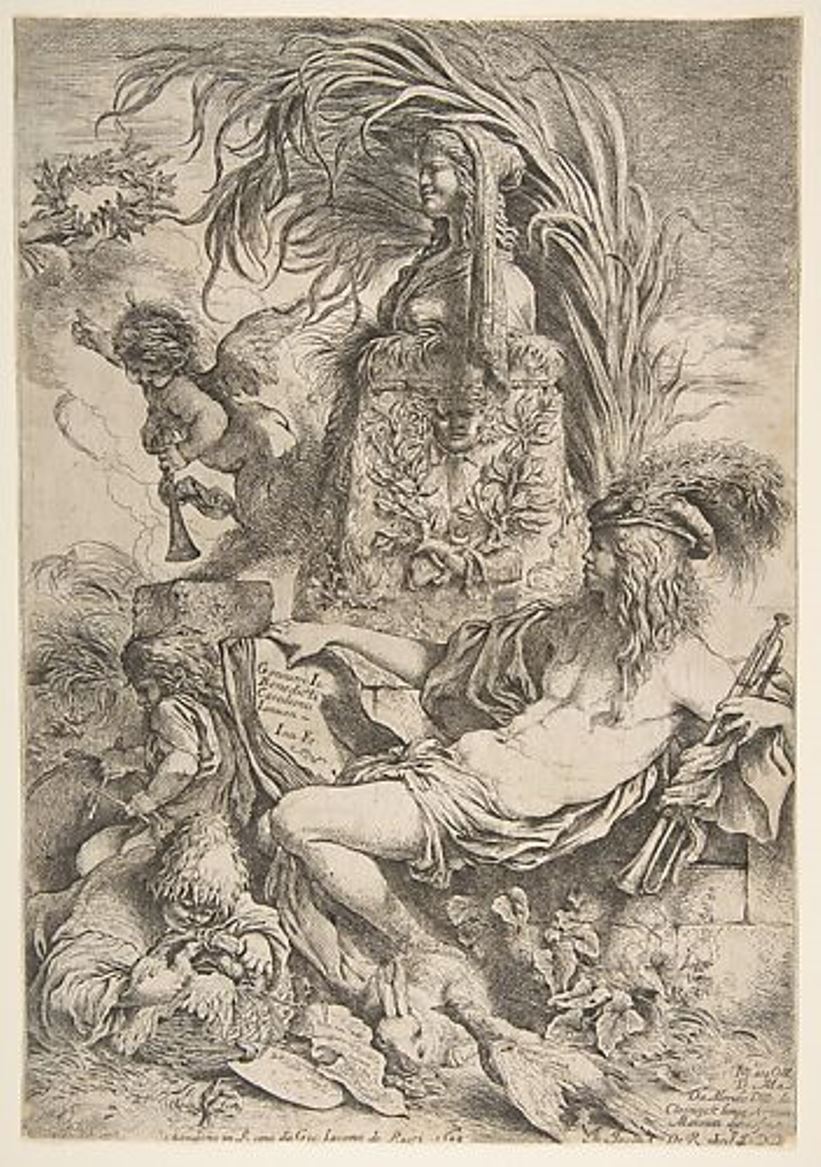

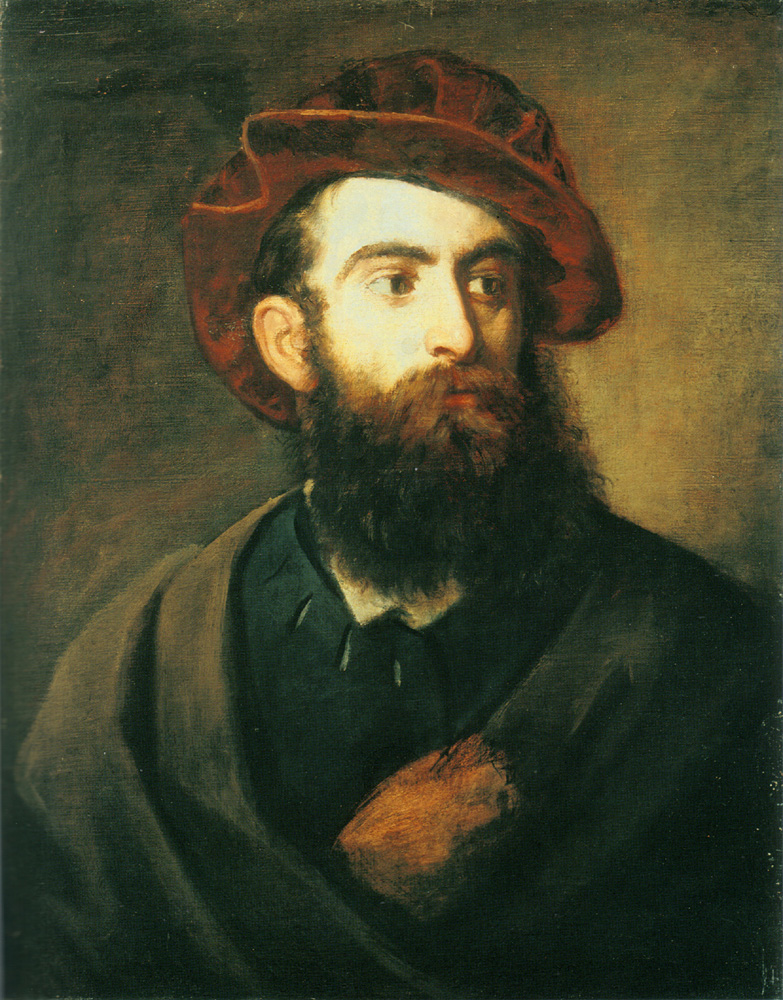
Hans Makart was an Austrian painter of the second half of the 19th century. He became famous as a master of historical painting, still life, allegory, landscape, and portrait. Most of his paintings were painted in the academic style. Makart was also a sought-after stage decorator, costume designer, furniture and interior designer.
Hans Makart was very popular in Vienna, and his studio was a place of attraction for the cream of Vienna's society. After the artist was even named a separate style of art with its characteristic flowing forms and bright colors - "Makartstil". Makart constantly organized grand festivals in his studio, which were willingly attended by members of the imperial family. He made it ultra fashionable to have a new style of interior and soon most of the apartments of wealthy citizens of Vienna were furnished on the model of his salon.
Makart was a professor of historical painting at the Vienna Academy of Fine Arts and head of the Künstlerhaus, the largest exhibition complex in the Austrian capital. In 1879, on the occasion of the silver wedding of the imperial couple, Makart organized a grandiose theatrical performance, the sketches for which have survived to this day.
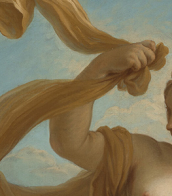
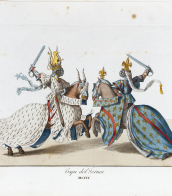
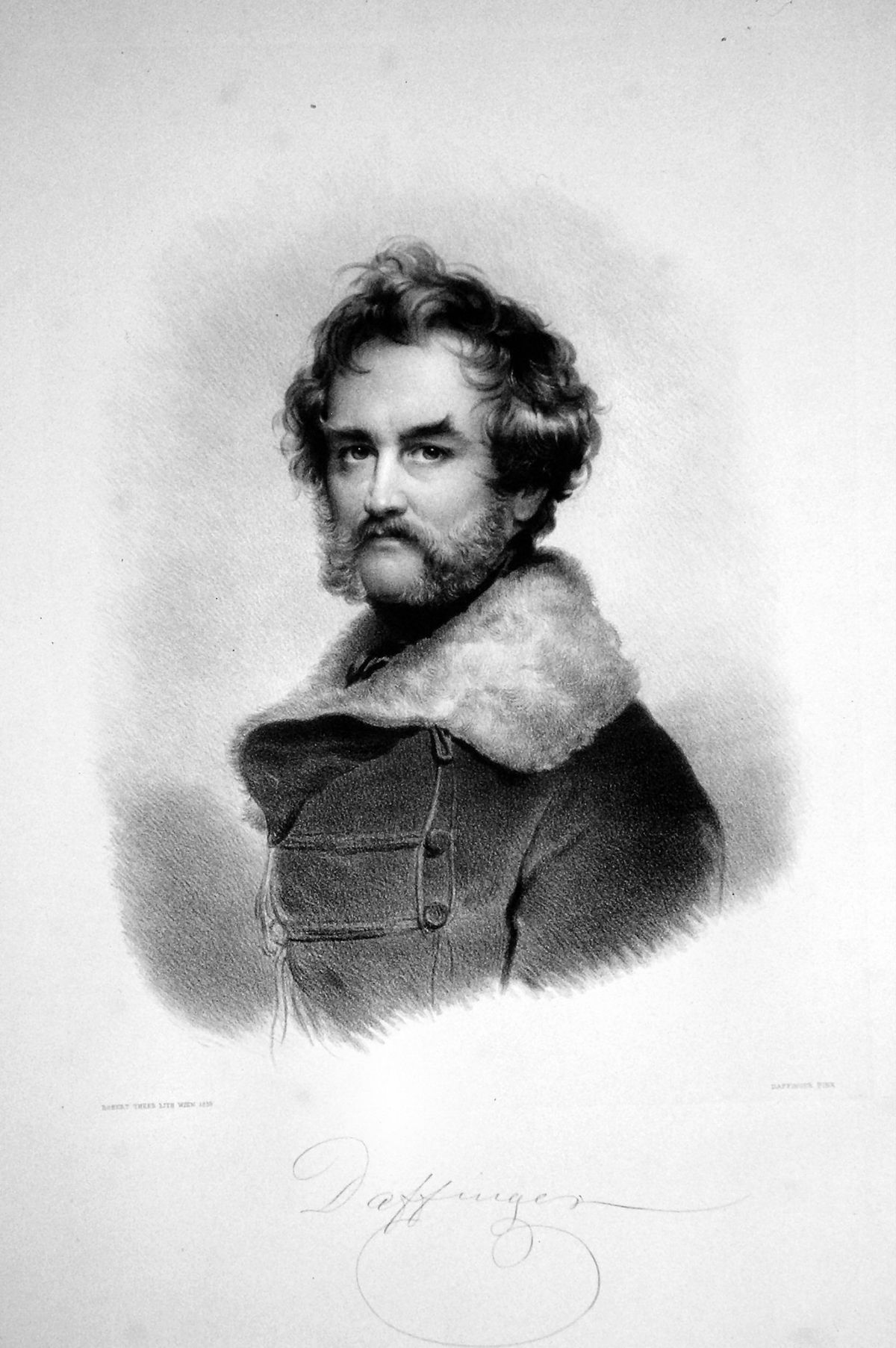
Moritz Michael Daffinger was an Austrian painter of the first half of the 19th century. Moritz Daffinger is known as a master of the portrait genre. He painted not on traditional canvas, but on more exotic materials: porcelain, ivory, or paper. The best masterpieces of his work today are in the private collections of patrons of the arts and members of the European high nobility, and his biography is closely linked to Vienna, where he lived all his life.
Moritz Daffinger was a master of miniature painting techniques and was noted for his extraordinary capacity for work. He created more than 1,000 portraits, and at the end of his life he was interested in floristry and left for posterity more than 400 watercolor works with images of flowers.
Moritz Michael Duffinger is rightly considered one of the best masters of portrait miniatures in the history of European painting. And his masterpieces still amaze art lovers with the refinement of images.

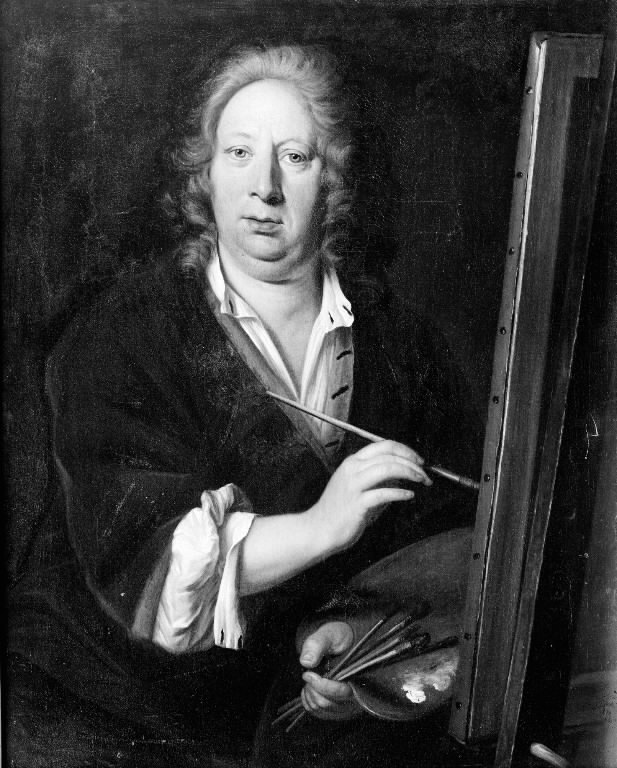
Franz Werner von Tamm, known as Dapper, was a German Baroque painter. One of the most famous masters of German still life in the late 17th and early 18th centuries.
Franz Werner von Tamm studied painting in Italy in the studio of Carlo Maratta. In 1701 he was invited to Vienna as court painter to Emperor Leopold I, where he remained until his death.
He painted with a soft brush live and dead poultry as well as flowers and animals, rather decoratively with an immediate mood.
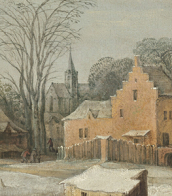
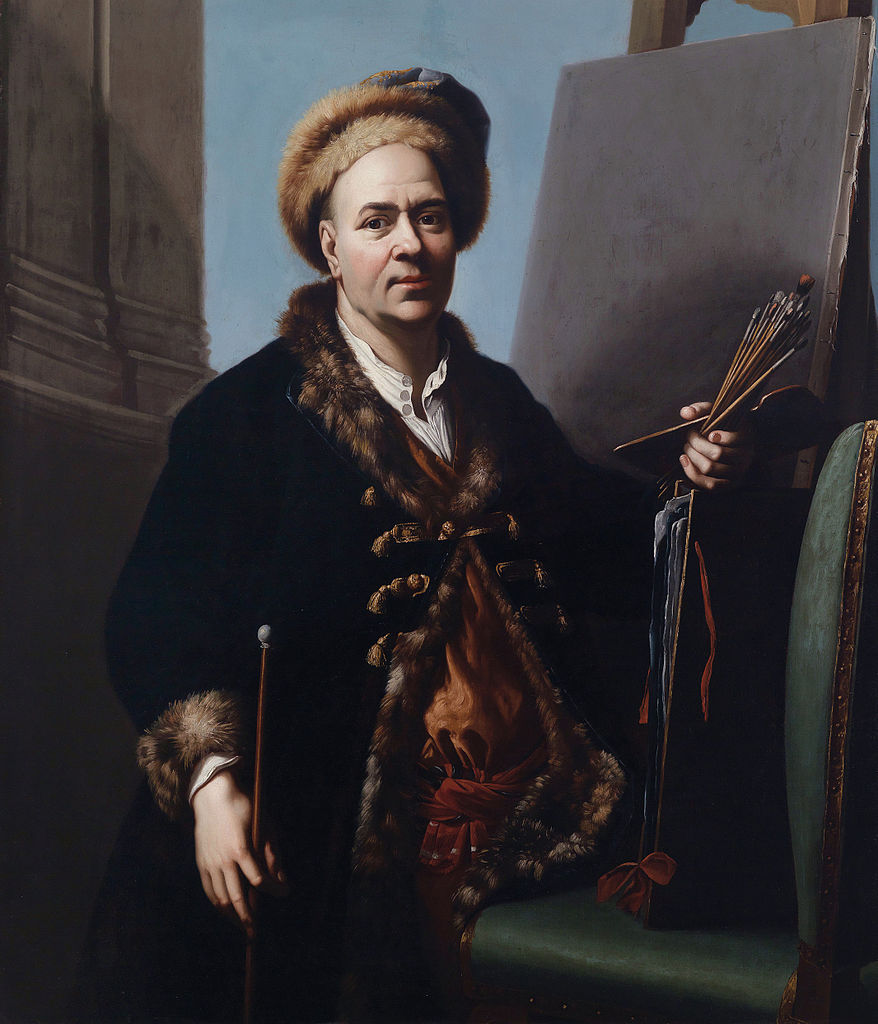

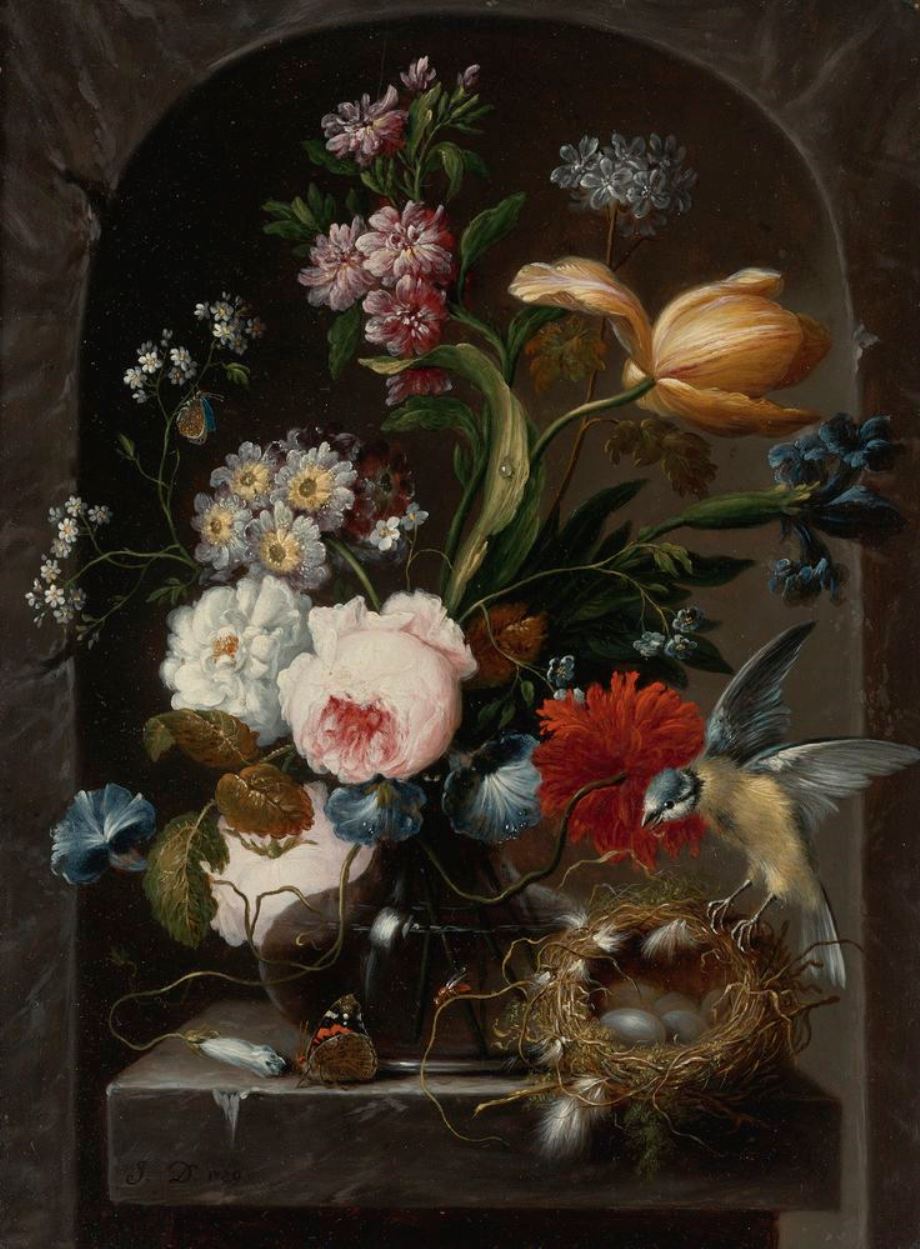
Johann Baptist Drechsler was an Austrian floral artist. He was born into a family of porcelain painters and worked for ten years at the Viennese porcelain manufactory. He is known for his colorful floral still lifes, including fruit and birds.

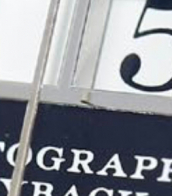
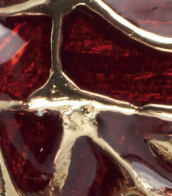
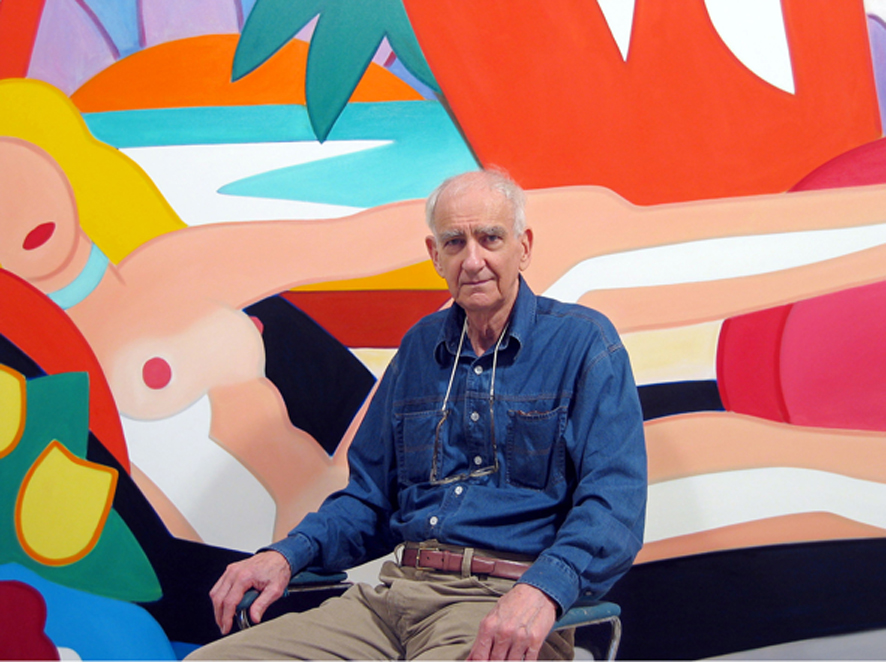
Tom Wesselmann was an American artist associated with the Pop Art movement who worked in painting, collage and sculpture.

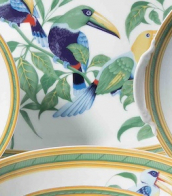

Tom Wesselmann was an American artist associated with the Pop Art movement who worked in painting, collage and sculpture.
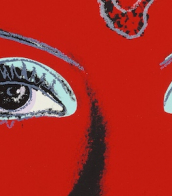
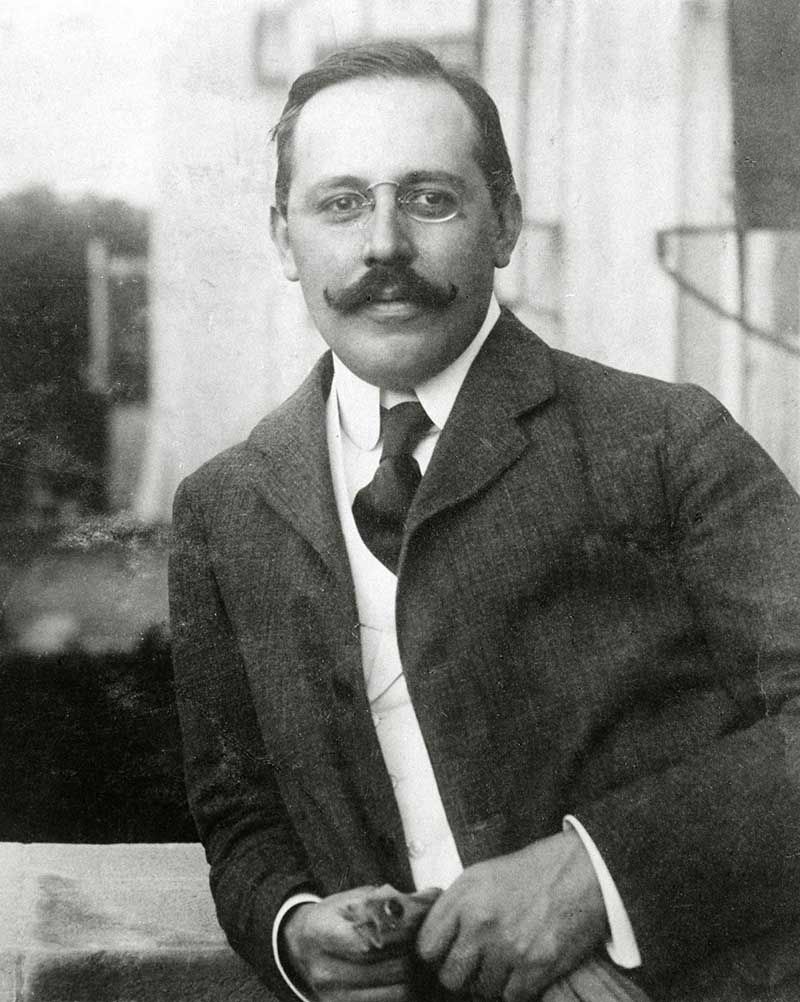
Josef Hoffmann, an Austrian architect and designer, is renowned for his influential contributions to early 20th-century design and architecture. As a founding member of the Vienna Secession and the Wiener Werkstätte, Josef Hoffmann's work is celebrated for its pioneering simplicity and functional elegance.
Josef Hoffmann's designs, which span furniture, decorative arts, and architecture, are distinguished by their minimalistic yet expressive style. His ability to blend aesthetics with functionality marked a significant departure from the ornate styles of the time, influencing modern design principles. Notable works include the Stoclet Palace in Brussels, a masterpiece that showcases his innovative approach to art and architecture.
His creations are preserved in prestigious museums worldwide, including the Museum of Modern Art (MoMA) and the Metropolitan Museum of Art, providing insight into his visionary approach to design. These institutions house collections of Hoffmann's furniture and decorative objects, reflecting his enduring impact on design and architecture.
For collectors and experts in art and antiques, Josef Hoffmann's work offers a study in the evolution of modern design. By subscribing to updates, enthusiasts can stay informed about exhibitions, sales, and academic research related to Josef Hoffmann, deepening their understanding of his contributions to the art and design world.
